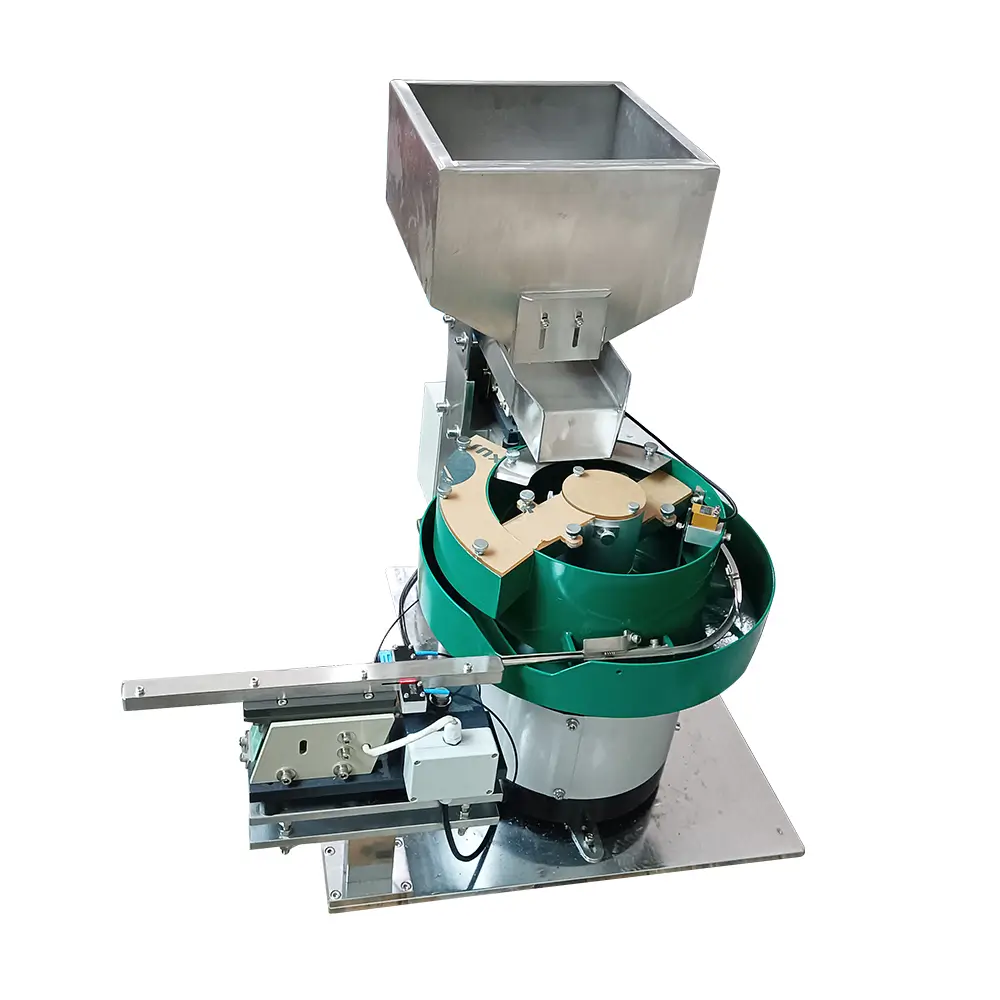Understanding Vibratory Feeder Bowl Tuning
A vibratory feeder bowl’s tuning refers to adjusting its vibration intensity. This intensity directly affects the speed at which parts move through the bowl.
Identifying Under-Tuned and Over-Tuned Bowls
- Under-tuned: When the spring bolt is loosened, parts slow down.
- Over-Tuned: When the spring bolt is loosened, parts speed up.
Adjusting Under-Tuned Bowls
- Add Springs: Introduce additional springs with proper spacers.
- Replace Springs: Substitute a spring with a thicker one.
- Re-Check Tuning: Always verify tuning after making adjustments.
- Ensure Bolt Length: Spring bolts must be long enough to withstand tuning torque.
Adjusting Over-Tuned Bowls
- Remove Thick Spring: Replace the thickest spring with a thinner one.
- Use Thinner Spring: Consider using a spring that’s 1/8″ thinner.
- Make Multiple Changes: If the bowl is excessively overtuned, multiple springs may need to be replaced.
Final Tuning Considerations
- Normal Load: Tune the bowl with a typical load of parts.
- Slowest Speed:Maintain the slowest possible speed while achieving the desired output rate.
- Slight Overtuning: The bowl should be slightly overtuned for optimal performance.
- Constant Speed: The speed should remain consistent as the parts level decreases.
- Heavy Parts: Extremely heavy parts may require slightly more overtuning.
- Tighten Bolts: Ensure all bolts are securely tightened after tuning.
By following these guidelines, you can effectively tune your vibratory feeder bowl to achieve the desired part movement speed and ensure optimal performance.
Contact Us
If you have any questions, please communicate with our engineering designers.

